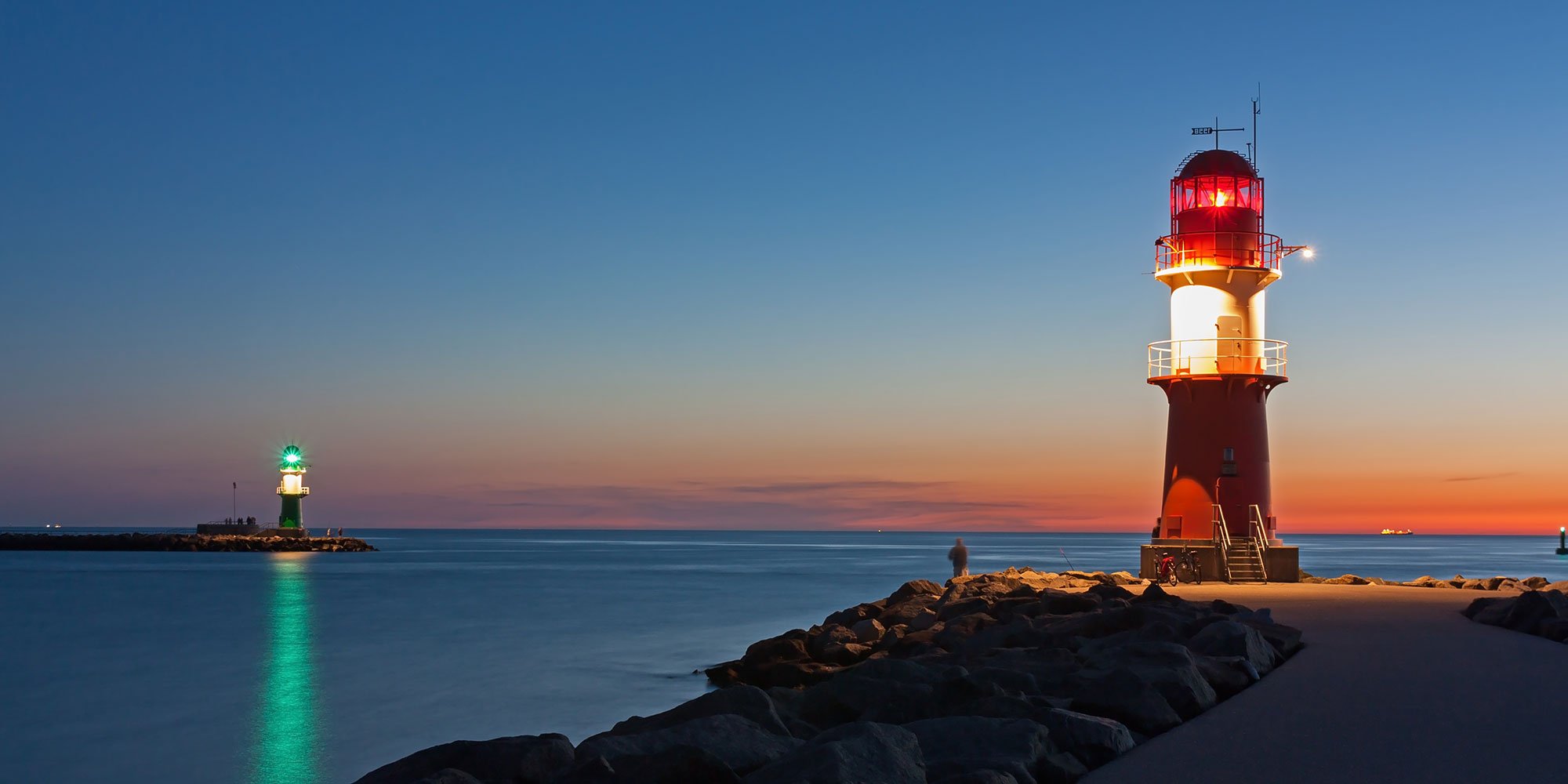As an island nation, the UK relies on maritime trade for up to 95 per cent of its imports and exports. With any industry, success is inextricably linked to the people employed in it — meaning their welfare should be of paramount importance.
In addition to supporting the mental health of seafarers, tackling maritime safety issues is a key concern. The harsh realities of the marine environment mean there is an ever-present risk for seafarers. Fishing, in particular, remains the most dangerous industry in the UK.
These risks have only increased over time due to the sheer size of ships today and the growing complexities of operations. Ensuring seafarers are safe and healthy at work is, therefore, a fundamental component of a thriving maritime sector.
Safe lines of passage
For all seafarers — whether they are leisurely yachtsman or sailing large cargo and passenger vessels — rivers, coastal waters and open oceans are inherently dangerous places.
Waterways are constantly changing and demand a high level of skill, attentiveness and adaptability. Even the most experienced navigators must keep their wits about them and remain alert for potential dangers.
Marine aids to navigation, such as buoys and lights, are essential to mark safe lines of passage and help mariners determine their position with respect to land. The guidance and aids to navigation in place in the UK help to enable safe and effective decision making and minimise navigational risk and preventable accidents, ensuring that our waters are some of the safest in the world.
That being said, evolving traffic patterns, the intensification of developments like offshore renewable energy and the proliferation of larger vessels have all placed new demands on aids to navigation. In the future, changes in shipboard practices, training, skills and experience could also affect the design and use of navigational aids — meaning manufacturers must continuously review the level of requirements and delivery to ensure the continued safety of seafarers.
Understanding conditions
Of course, safe navigation is only possible with accurate and current information. Out at sea, there are countless variables to contend with — from gale-force winds to strong currents and gigantic waves. Closer to shore, conditions can be equally treacherous without adequate aids to navigation and up-to-date information that allows seafarers to make informed and safe decisions.
Emerging technologies such as data buoys and monitoring and control systems are rapidly changing and improving the way ships navigate waters and ports. For example, the Port-Log data system provides live data on wind speed and direction, which can then be shared with any incoming vessels to ensure maximum safety in the harbour area.
In many locations, such as the north coast of Scotland where conditions are often extreme, this type of remote, real-time monitoring is key to ensuring the safety of seafarers navigating surrounding waters as well as harbour masters and onshore workers.
Combined with visual aids to navigation like buoys and lights, these technological advances provide a comprehensive solution for maritime safety.
Upgrading mooring standards
However, the safety of seafarers is not just a concern when they are sailing. Mooring can also be a perilous task, especially in rough conditions — causing problems for both large vessels and smaller boats. According to the European Harbour Masters’ Committee, 95 per cent of personal injury incidents are caused by ropes and wires, and 60 per cent of these injuries happen during mooring operations.
As a result, mooring standards and practices need to be upgraded — driven by crucial changes in the industry such as larger ships, innovative materials and new dynamic mooring solutions. With the current COVID-19 crisis and restrictions on fleet operations, safe and robust lay-up mooring solutions have also been necessary to support out-of-service ships.
Automatic mooring terminals also have the potential to enhance mooring safety by reducing mooring time and human involvement. Many harbours are now starting to implement this technology; however, in the short term, it will not be possible to eliminate the need for shipboard mooring equipment completely.
Hydrosphere is the UK and Ireland’s leading supplier of aids to navigation, providing high-quality, reliable and cost-effective solutions to improve the safety of seafarers and all those working in the maritime industry. Contact us today to discuss your requirements.







